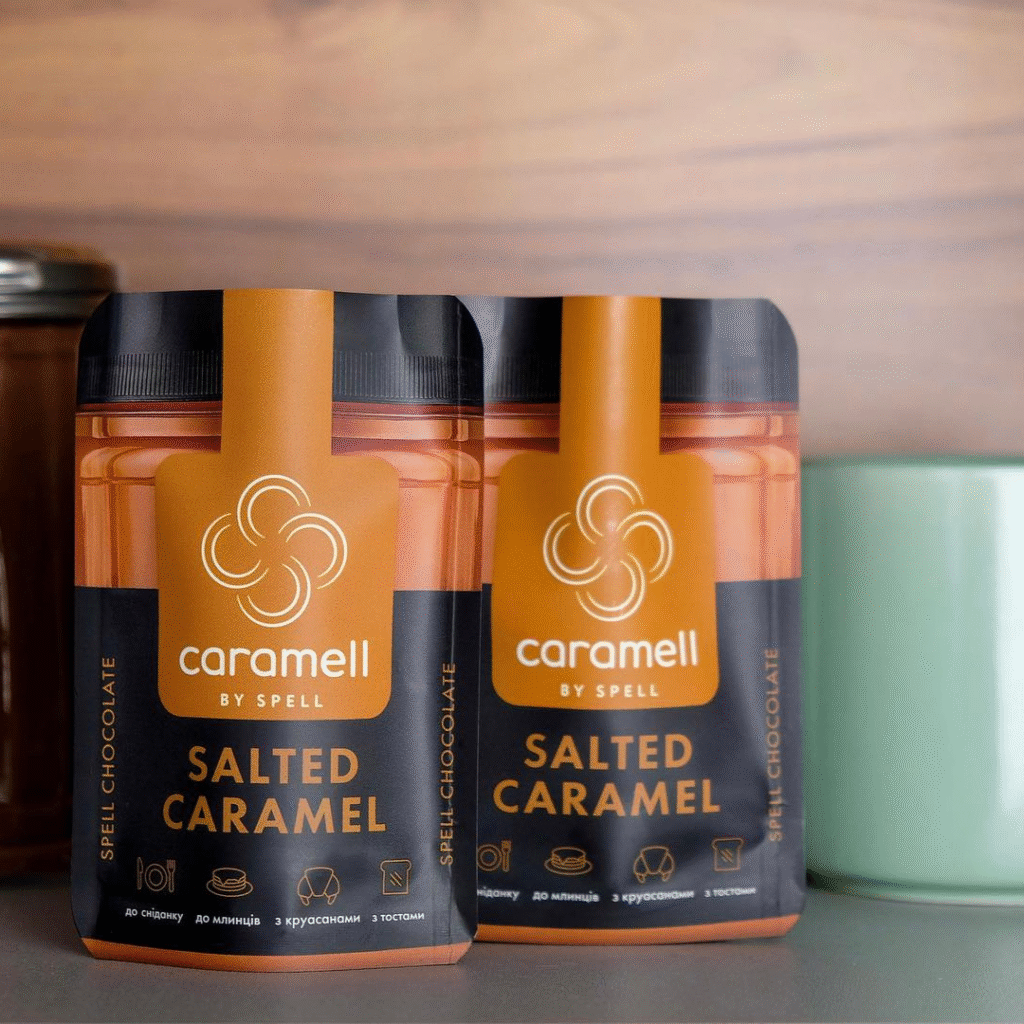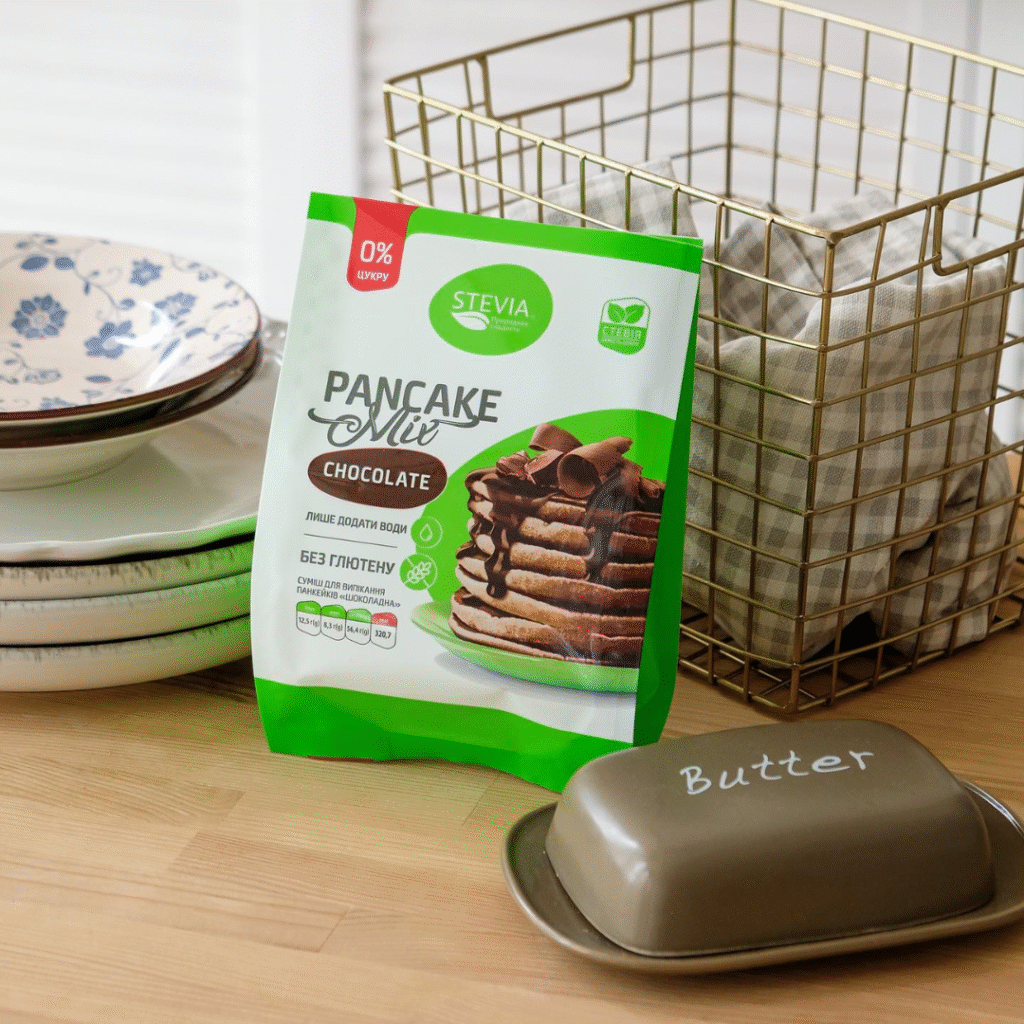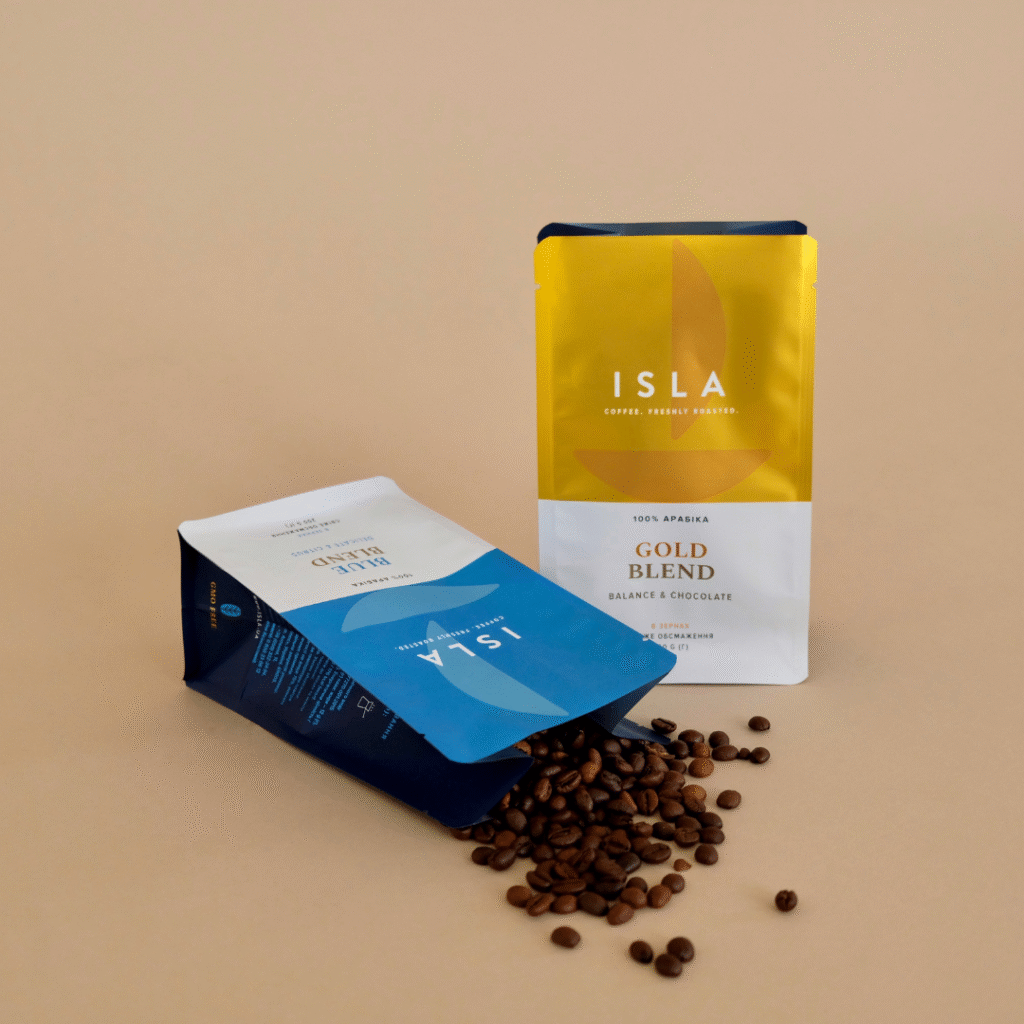Trends in flexible packaging production in 2025
- Sustainability as a core design principle
- Smarter solutions for food safety
- New generation adhesives and substrates
- The rise of convenient packaging formats
- Regulatory compliance and harmonization
- Looking to the future: growth through innovation
In 2025, the flexible packaging industry will undergo significant changes. Driven by sustainability requirements, changing consumer behavior, and rapid technological innovation, manufacturers are rethinking packaging, making it smarter, safer, and more environmentally friendly. Flexible packaging no longer serves only to store and protect—it is becoming a strategic tool for brand differentiation, regulatory compliance, and operational efficiency.
Based on data from the Flexible Packaging Association (FPA), Flexible Packaging Europe (FPE), and recent industry reports, we have analyzed the key trends shaping the future of flexible packaging manufacturing in 2025.
-
Sustainability as a core design principle
Environmental sustainability is the most influential factor in the packaging industry today. As regulators introduce stricter rules and consumers demand environmentally conscious alternatives, manufacturers are shifting to materials and processes that reduce their environmental impact.
Key developments:
Recyclable and mono-material structures: Lightweight mono-polyethylene (PE) or mono-polypropylene (PP) films are gaining popularity, replacing traditional multi-layer, non-recyclable laminates.
Eco-friendly laminating adhesives: Adhesives such as solvent-free and water-soluble systems, including those certified by RecyClass and designed for compatibility with the circular economy, support full packaging recycling.
-
Smarter solutions for food safety
With food safety standards becoming stricter than ever, packaging must ensure product protection under extreme conditions — whether high-temperature sterilization, cooling, or long-term storage.
Noteworthy innovations:
High-barrier films—layers that protect against oxygen, moisture, and aromas are being improved to more effectively protect perishable products without compromising recyclability.
Non-migrating adhesives: New adhesive formulations significantly reduce the risk of chemical migration into food products, even under challenging conditions such as autoclaving or microwave heating.
-
New generation adhesives and substrates
Breakthrough innovations are taking place in the adhesives and substrates segment, providing a balance between sustainability, safety, and performance.
Insoluble laminating adhesives: These systems significantly reduce volatile organic compound emissions and energy consumption, in line with global climate goals.
High-performance laminates: polyethylene and polyethylene terephthalate films are being developed with improved mechanical properties — they are more puncture resistant, lighter in weight, and optimized for digital printing.
-
The rise of convenient packaging formats
Today’s consumers, especially in urban environments, demand convenience, portability, and freshness. As lifestyles change and the number of single-person households increases, flexible packaging is adapting to provide greater convenience.
New trends:
- Resealable and easy-open features: zippers with sound, spouts, and tear-off perforations are standard expectations in sectors such as snacks, coffee, and pet food.
- Portion-controlled packaging: Smaller package sizes reduce food waste and align with healthy purchasing habits.
- On-the-go and ready-to-heat formats: autoclaveable pouches and microwaveable films fit busy lifestyles without compromising safety.
-
Regulatory compliance and harmonization
Staying ahead of legislative changes is no longer an option—it is a competitive necessity.
The EU Green Deal and the Plastics Directive: companies must adapt to requirements for recycling, minimum recycled content, and carbon footprint disclosure.
Global packaging standards: harmonization efforts simplify compliance with international requirements, but also require higher quality control and traceability of production processes.
Looking to the future: growth through innovation
According to the latest forecasts by Smithers, the global flexible packaging market will grow at an average annual rate of 3.2% and reach $341.6 billion by 2028. Companies that invest in sustainable materials, ensure food safety compliance, innovate in adhesives and liners, and offer consumer-centric solutions are best positioned for success.
For manufacturers such as Aris Pack, staying at the forefront of these trends means not only meeting market demand, but also shaping the future of packaging itself.


